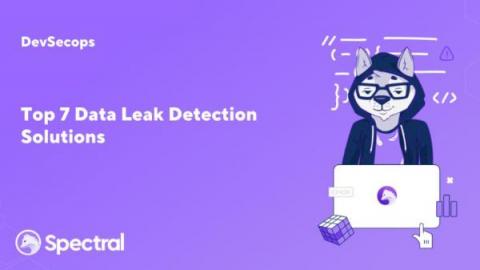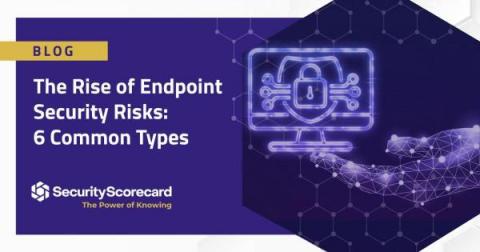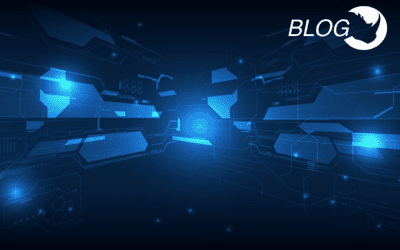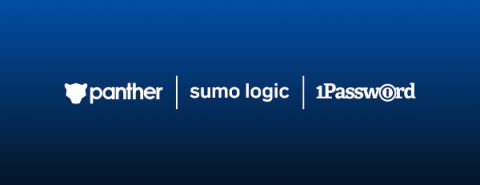Calico workload-centric web application firewall (WAF): A better way to secure cloud-native applications
Container-based web applications built on microservices architecture, whether public-facing or internal, are critical to businesses. This new class of applications is commonly referred to as cloud-native applications. Read on to find out why traditional WAFs are no longer enough to protect cloud-native applications and how Calico’s new workload-centric WAF solves this problem.











